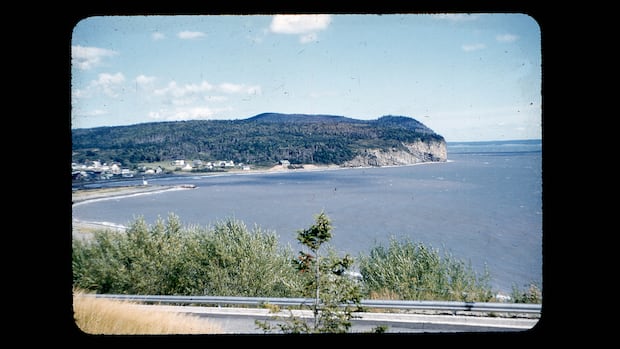Fundy National Park celebrates 75 years
Province's first national park opened in July 1950
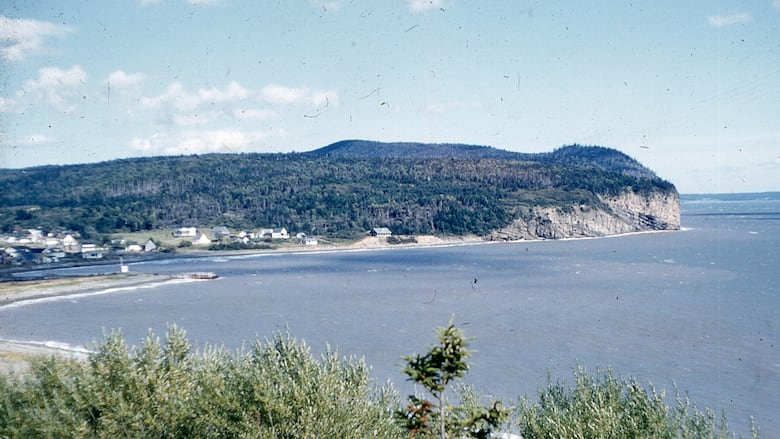
New Brunswick was one of the first provinces to ask for a national park, and 75 years ago, the province got its wish.
Fundy National Park officially opened to the public on July 29, 1950.
In what was described by the Saint John Times-Globe as "perfect weather," thousands of people gathered just inside the park on a Saturday to watch the opening ceremony, attend brass band concerts and watch a softball game and a women''s golf tournament.
The park was announced in 1948 but had been in the works in one way or another since the 1920s.
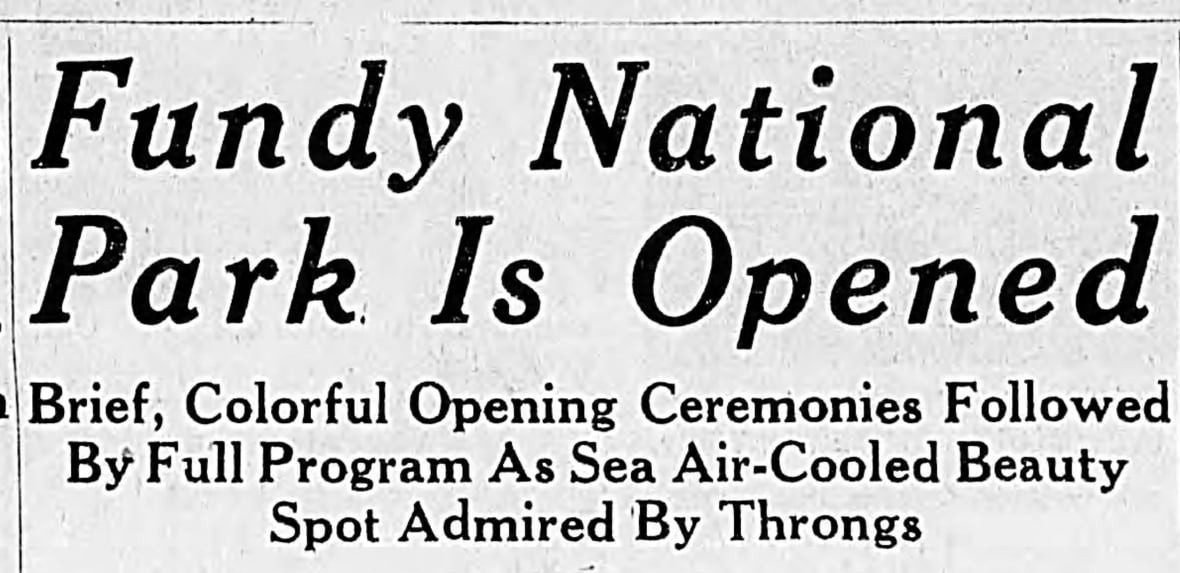
Becky Graham, the park manager at Fundy National Park says, in a bit of an understatement, that a lot has changed in 75 years.
Originally, the park only had one campground, no trails and no interpretation programs.
"The real focus of the park was to bring people to the area for tourism and for recreation," Graham said.
"Those things are still important to us, but we have also evolved a mandate to really protect and present special places like Fundy National Park."
While Parks Canada eventually went with the area of Albert County we now know as Fundy National Park as the location for the park, it was not anyone's first choice.
The provincial government always advocated Mount Carlton, in the north, which Parks Canada really disliked for a site. Among the other areas considered were Point Lepreau, also on the Bay of Fundy and now home to a nuclear power plant, and Mount Champlain, in south-central New Brunswick.
In fact, Fundy was chosen in part because of the unofficial and negative description of New Brunswick as the "drive-through province."
"What really swung it towards Albert County, frankly, was the fact that you have to drive all the way through New Brunswick to get there," said Alan MacEachern, a Western University historian who wrote a book about the building of Atlantic Canada's first four national parks.
"They thought this is a way to bring tourists, central Canadian tourists, but especially American tourists, and force them … to drive all the way across New Brunswick to get to Albert County."
Relatively smooth sailing
As with many national parks, the founding of Fundy meant moving out residents and shuttering communities.
The community of Point Wolfe was wiped off the map, farms and homes were expropriated and churches closed.
This had also happened in Cape Breton and P.E.I. when national parks were built there, causing outrage in both provinces.
But opposition in New Brunswick was muted.
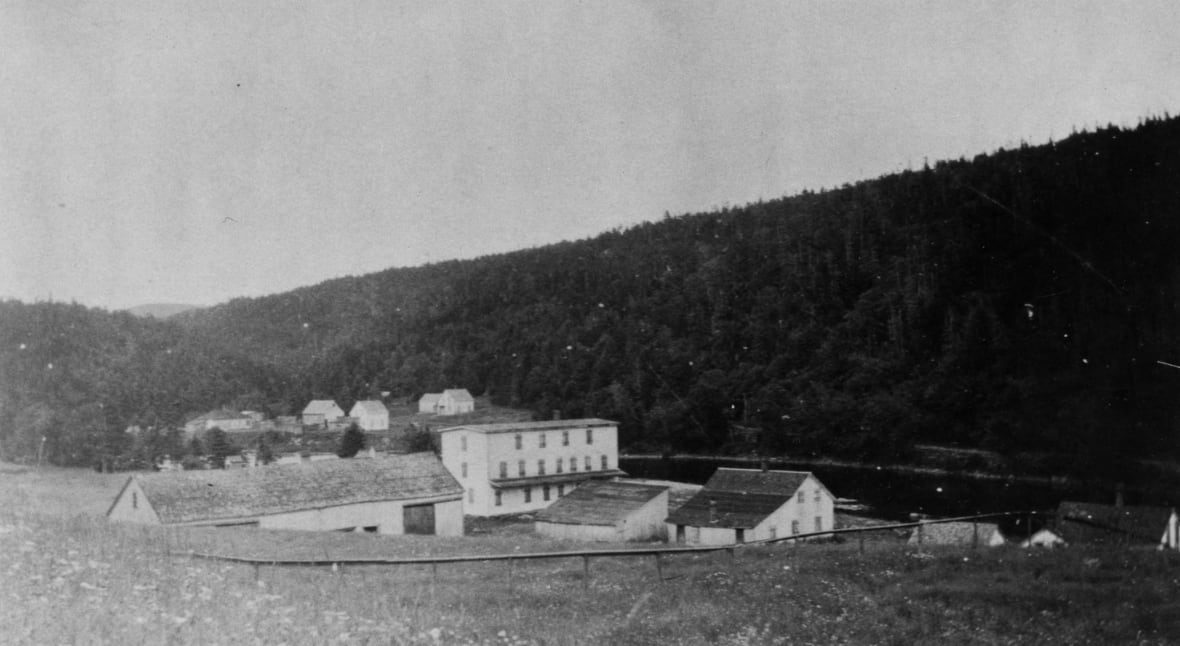
"There were definitely people who were going to be expropriated who were not happy about it, but I think that there was a lot less displeasure in New Brunswick than there had been in P.E.I. and Cape Breton," MacEachern said.
What did upset some residents was the feeling that any evidence of their existence in the park was removed, which was in keeping with Parks Canada's philosophy at the time.
"The belief [was] national parks should have basically no evidence of prior human existence," MacEachern said.
"They wanted to get rid of any kind of evidence that the people of southern Albert County … had ever lived there."
Constructing nature
For a park whose goal was to present the absence of civilization, a lot of construction went into it
The farms and homesteads and churches that were torn down were replaced by welcome centres, golf courses and hotels.
"They developed the heck out of it and in, as you say, a very suburban sort of fashion," MacEachern said.
In his book, he goes into more detail about the fate of some of the area's original elements: "The new Fundy National Park, populated for almost 150 years, was too wild to be currently acceptable. Roads needed to be straightened, hillocks flattened, ugly and misshapen trees cut down, stones removed, grass planted."
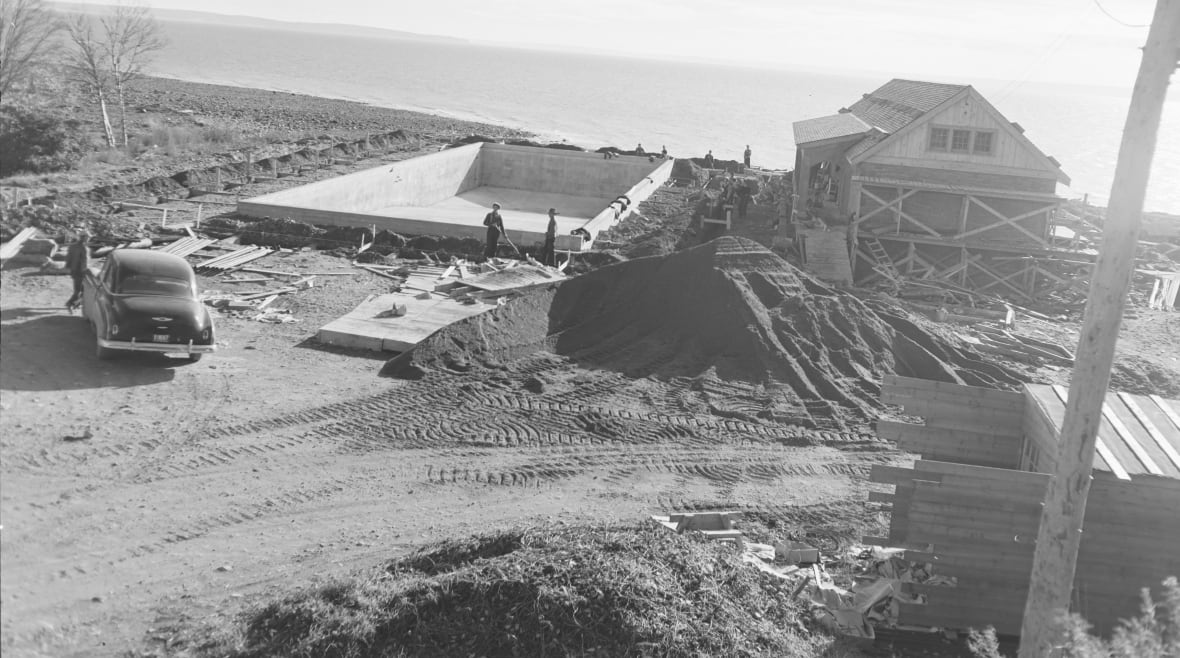
MacEachern said Parks Canada immediately had regrets about how Fundy was constructed and viewed it as an example of what not to do at a national park.
But he takes an optimistic view of the park.
"You could argue that Fundy National Park has had 75 years of getting back to nature, of being about the things it wasn't quite about at its founding," MacEachern said.
Seventy-five years later the park has grown to 207 square kilometres, with 20 kilometres along the Bay of Fundy coast. It went from one campground to five and offers back-country camping and several kinds of roofed accommodations such as yurts and rustic cabins. The park has also developed an expansive trail system, more than 100 kilometres in total.
Present and future
In terms of visitors, Fundy continues to be popular among tourists.
Graham said early this season was a little slow because of rain, but June saw an eight per cent increase in visitors over the previous year.
This could be attributed to a few factors. More Canadians discovered national parks after the COVID pandemic made outdoor spaces a more popular option, and political turmoil in the United States means more Canadians are looking to vacation closer to home. Finally, entrance fees for all national parks have been waived for the summer.
While more people are going to national parks, the parks have to contend with their dual purpose of access and conservation, something that isn't easy.
"Parks Canada's mandate is to both protect and present," Graham said.
"To really ensure that we can live up to these dual responsibilities there's a team in the park … really focused on ecological health and monitoring and reporting."

